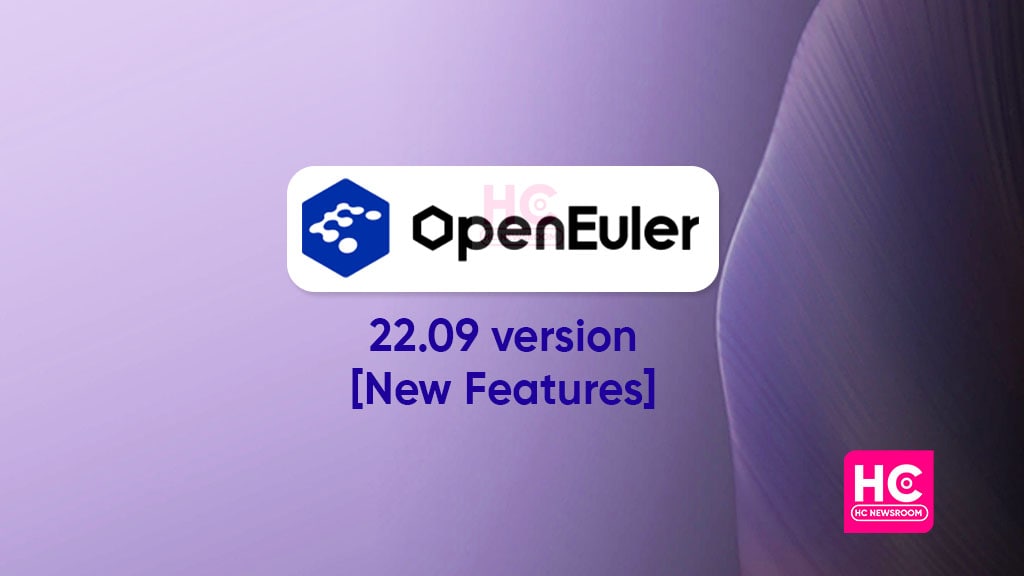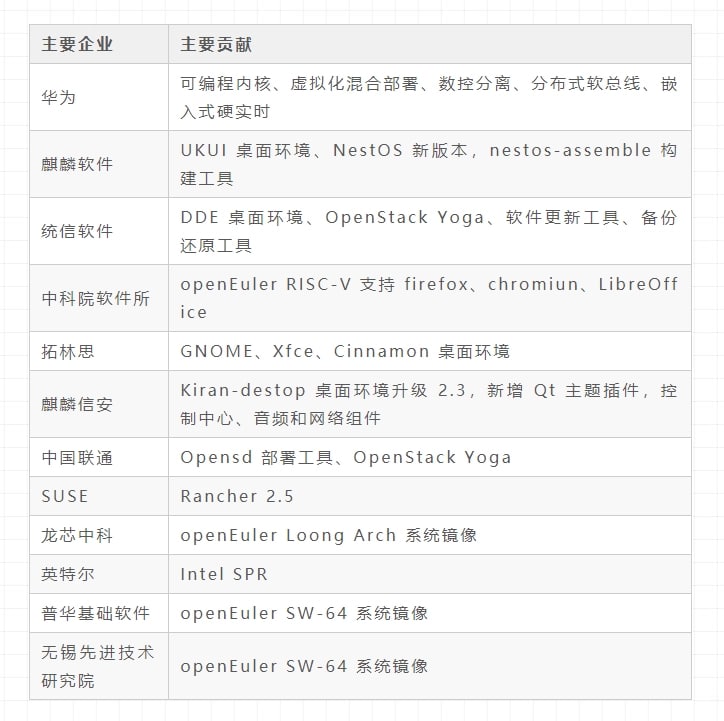Euler
New OpenEuler 22.09 version support better features between Euler and HarmonyOS

OpenEuler Community has officially developed and released the OpenEuler 22.09 version with some immersive features for the Euler and HarmonyOS system. Besides, it also brings expansion of computing power and some other high-end functions.
According to the new reports, the OpenEuler 22.09 build adds revamped system images for SW-64 and LoongArch architecture. Further, it supports ARM architecture memory fault tolerance enhancement, SME, and commercial secret acceleration. The latest version also holds Intel SPR kernel and visualization functions.
Apart from the architecture segments, the RISC-V adds four new operating functionalities: QEMU, D1, unmatched, and VisionFive. Additionally, the 22.09 version has also met the adaptation process of Raspberry Pi and Rockchip.
Consequently, one of the essential features of the OpenEuler 22.09 version is the extended support of integration between Euler and the HarmonyOS system. The latest build enables finer interconnection for both tech-pack systems with better optimization.
To ensure the compatibility of software and hardware products, the OpenEuler community has passed the latest build and Euler technology evaluation solution through the 221 certification process. This includes 204 general certificate procedures and 17 OS certificates. This solution works in the following aspects:
Server Scenario:
Based on eBPF tech, Flexible IO strategies of the Euler solution have improved the performance of big data concerns and computing-intensive applications by 10 percent. Besides, it also supports programmable kernels and increased the base performance by 20 percent.
Cloud and Edge Scenarios:
The Euler solution and new build have obtained the cloud-native function with easy runtimes and hybrid deployments. The utilization rate of virtualized resources has hiked by 30 percent. Besides, the memory noise floor is less than 50K, and performance improved by 10 times. It also supports NestOS, OpenStack Yoga version, and more.
Embedded Scenario:
The distributed soft bus has high-security functions, large bandwidth data transmission, and real-time control. Together, these increase the efficiency between Euler and HarmonyOS and explore more innovations.
Developer Tools:
- China Unicom developed Opensd elements for OpenEuler 22.09 supports OpenStack. It can exhibit one-click batch automatic deployment of OpenStack Service Components. As a result, it improves the effectiveness of operation and maintenance.
- GCC plug-in framework helps developers to improve and renovate compliers functions and their sharing ability. This framework supports two types of statistical plug-ins (Inline, and Variable) to provide better security and verification functions.
Desktop Scenario:
It supports UKUI, DDE, Kiran-desktop, GNOME, Xfce, Cinnamon desktop, and other interfaces to provide users with an excellent experience.

Participation of Developers
This is another innovative execution from the OpenEuler community. The latest version carries 670 million lines of code, 20.10 million lines of new code, and 48,000 lines of original code to the kernel. Alongside, there are more than 12,000 northbound source code packages and a total of 20.12 million lines of new code.
So far, 1265 developers have contributed to the latest build of OpenEuler. It’s worth mentioning that this time, the participation of developers for the new version has increased by 63 percent. This is the largest increase of developers for the OpenEuler till now.
On the other hand, the version also has positive feedback from 400 companies in the community. These companies are Huawei, Kirin Software, Tongxin Software, China Unicom, SUSE, Intel, Ultrasonic Fusion, Wuxi Advanced Technology Research Institute, Puhua Basic Software, and more.
The community is constantly inviting more chips, boards, and machine manufacturers to participate in the hardware driver adaptation and use the newly-arrived functions of the OpenEuler 22.09 build. You can check the hardware compatibility list HERE.
(Source)






